Home>Gardening & Outdoor>Outdoor Recreation & Activities>How To Open A Saltwater Swimming Pool
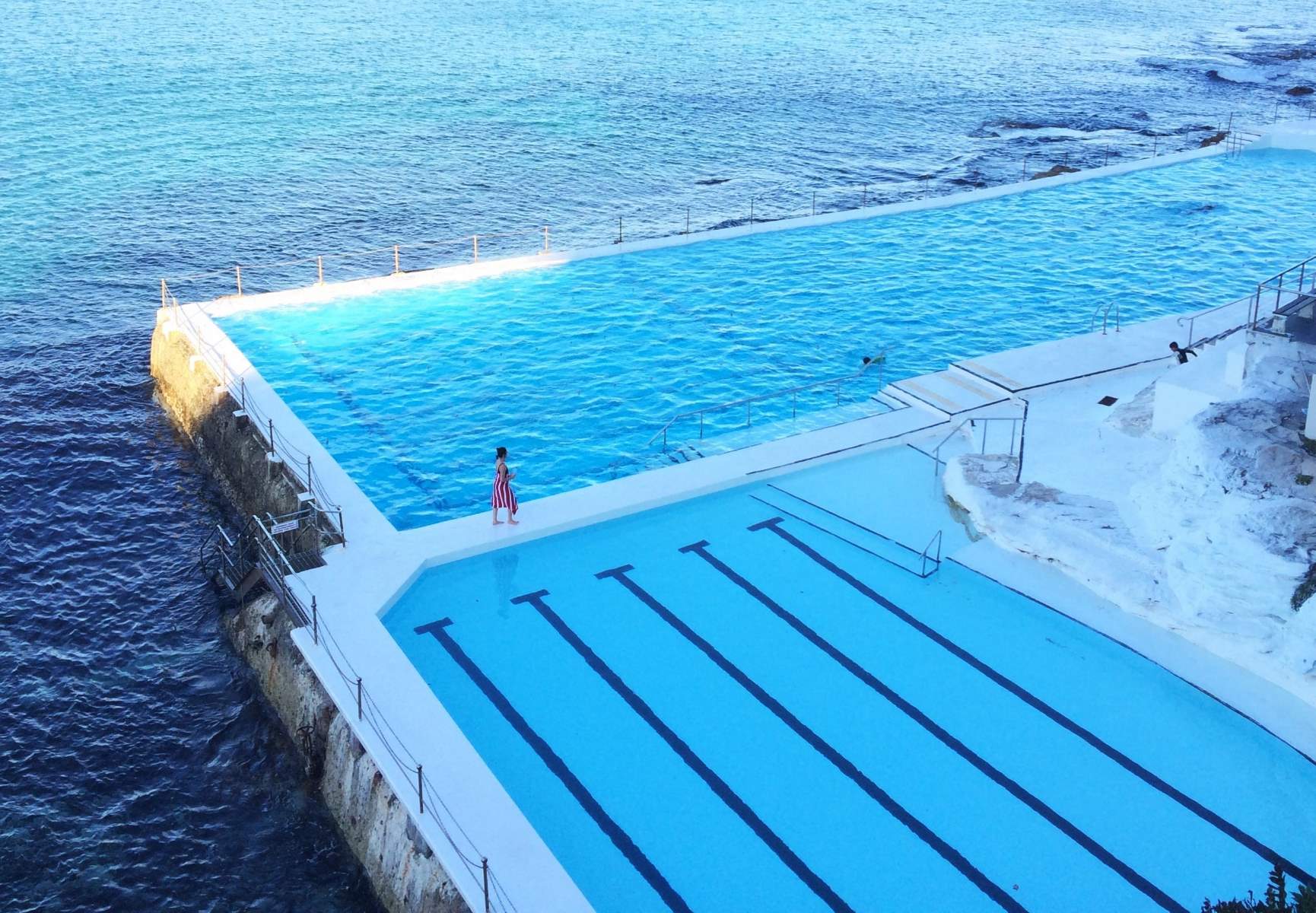

Outdoor Recreation & Activities
How To Open A Saltwater Swimming Pool
Modified: August 16, 2024
Learn how to properly open a saltwater swimming pool for a refreshing outdoor recreation and activities experience. Follow our expert tips for a successful pool opening!
(Many of the links in this article redirect to a specific reviewed product. Your purchase of these products through affiliate links helps to generate commission for Storables.com, at no extra cost. Learn more)
Introduction
Opening a saltwater swimming pool is an exciting time that marks the beginning of a season filled with fun and relaxation. As the weather warms up and the sun beckons, the prospect of diving into crystal-clear water becomes increasingly irresistible. However, before you can indulge in the pleasures of your saltwater oasis, there are essential steps to follow to ensure that your pool is clean, safe, and ready for enjoyment.
Preparing your saltwater pool for the season involves a series of tasks that, when executed meticulously, will set the stage for a summer of aquatic bliss. From gathering the necessary equipment to balancing the water chemistry and activating the saltwater chlorine generator, each step plays a crucial role in the overall maintenance and functionality of your pool.
Whether you are a seasoned pool owner or a novice embarking on this journey for the first time, this comprehensive guide will walk you through the process of opening your saltwater swimming pool with confidence and ease. By following the steps outlined in this article, you will not only ensure the optimal performance of your pool but also create an inviting environment for family and friends to bask in the joys of swimming and lounging by the water's edge.
So, roll up your sleeves, put on your favorite pair of sunglasses, and get ready to embark on a fulfilling and rewarding journey of preparing your saltwater pool for the season ahead. With the right knowledge and a touch of enthusiasm, you'll soon be reveling in the delights of a pristine and inviting saltwater swimming pool, ready to make a splash in the warm embrace of summer.
Key Takeaways:
- Prepare your saltwater pool for summer by gathering essential equipment, removing debris, balancing water chemistry, adding salt, and activating the chlorine generator. Enjoy a clean and inviting pool all season long!
- Opening a saltwater pool involves meticulous steps like cleaning the filter, balancing chemical levels, and activating the chlorine generator. With proper care, you can create a safe, refreshing oasis for summer fun.
Step 1: Gather Necessary Equipment
Before embarking on the process of opening your saltwater swimming pool, it is essential to gather all the necessary equipment. Having the right tools at your disposal will streamline the entire procedure and ensure that each subsequent step can be carried out efficiently and effectively.
Here's a comprehensive list of the essential equipment you will need:
-
Pool Cover Pump: This is crucial for removing any accumulated water on the winter cover. It helps prevent debris from entering the pool when the cover is removed.
-
Telescopic Pole: A telescopic pole equipped with a skimmer net and pool brush attachment is indispensable for skimming leaves and debris from the pool's surface and brushing the pool walls and floor.
-
Winter Cover Cleaner: If your pool cover has accumulated dirt and debris during the off-season, a winter cover cleaner will aid in its thorough cleaning before storage.
-
Chemical Testing Kit: A reliable chemical testing kit is essential for assessing the water's pH, chlorine levels, and alkalinity, ensuring that the pool water is safe and balanced.
-
Pool Chemicals: Stock up on essential pool chemicals such as chlorine, pH increaser, pH decreaser, and alkalinity increaser to address any imbalances in the water chemistry.
-
Salt: If your pool's salt level is low, you will need to replenish it with the appropriate amount of salt to ensure the proper functioning of the saltwater chlorine generator.
-
Safety Equipment: Ensure that safety equipment, including goggles, gloves, and appropriate footwear, is readily available to protect yourself during the pool opening process.
-
Leaf Skimmer and Vacuum: These tools are essential for removing debris and sediment that may have accumulated on the pool floor during the winter months.
By gathering these essential tools and equipment, you will be well-prepared to commence the process of opening your saltwater swimming pool. With everything at your fingertips, you can proceed seamlessly to the next steps, confident in your ability to maintain and prepare your pool for the upcoming season of enjoyment and relaxation.
Step 2: Remove Winter Cover and Debris
As you embark on the journey of opening your saltwater swimming pool, the pivotal next step involves the meticulous removal of the winter cover and any debris that may have accumulated during the off-season. This process is essential to unveil the pristine surface of your pool and prepare it for the rejuvenating touch of the sun's warmth.
Begin by carefully removing the winter cover, ensuring that any water or snow accumulation is eliminated before attempting to lift it off. This can be accomplished using a pool cover pump, which effectively siphons off any standing water, preventing it from spilling into the pool and introducing debris. Once the cover is free of excess moisture, enlist the assistance of a partner to help you gently remove it from the pool, taking care to avoid dragging it across the water, which could introduce unwanted contaminants.
With the winter cover removed, it's time to address any debris that may have settled on the pool's surface. Utilize a telescopic pole equipped with a skimmer net to carefully skim the water, capturing leaves, twigs, and any other debris that may have found its way into the pool. This initial skimming process sets the stage for a thorough cleaning, ensuring that the water's surface is free from unsightly debris and ready to sparkle in the sunlight.
In addition to skimming the surface, it's essential to inspect the pool's interior for any debris that may have accumulated on the floor. Employ a pool vacuum to methodically remove sediment and debris, restoring the pool's floor to its pristine state. By diligently addressing both the surface and the floor, you are laying the foundation for a clean and inviting pool that beckons with its crystal-clear allure.
Once the winter cover has been removed and all debris has been meticulously cleared from the pool, take a moment to admire the transformation. The removal of the cover and debris marks a significant milestone in the pool opening process, setting the stage for the subsequent steps that will further enhance the pool's cleanliness and prepare it for the season ahead.
Step 3: Check and Clean the Filter
Ensuring that the pool's filtration system is in optimal condition is paramount to maintaining clean and healthy water. As you embark on the process of opening your saltwater swimming pool, dedicating attention to the filter is crucial for the overall functionality and cleanliness of the pool.
Begin by locating the pool's filtration system, which typically consists of a filter tank and a pump. Inspect the filter tank for any signs of damage, wear, or deterioration. It's essential to address any issues with the filter tank promptly to prevent potential leaks or malfunctions during the pool season.
Next, proceed to inspect the filter media, which may consist of sand, cartridge, or diatomaceous earth (DE). The type of filter media in your pool will determine the specific cleaning and maintenance procedures required. If your pool is equipped with a sand filter, it's essential to backwash the filter to remove any accumulated debris and contaminants. This process involves reversing the water flow through the filter to dislodge and expel trapped particles, effectively cleansing the filter media.
For pools with cartridge filters, carefully remove the cartridges and inspect them for debris and buildup. Thoroughly rinse the cartridges with a high-pressure hose to dislodge and remove any trapped particles. If the cartridges show signs of wear or damage, it may be necessary to replace them to ensure optimal filtration efficiency.
In the case of DE filters, the process involves disassembling the filter tank and carefully removing the DE filter grids. Thoroughly clean the grids with a gentle detergent and a high-pressure hose, ensuring that all DE powder and debris are removed. Once cleaned, inspect the grids for any tears or damage, as these can compromise the filtration process and may require repair or replacement.
After cleaning the filter media, it's essential to inspect and clean the pump strainer basket. This component plays a crucial role in capturing larger debris before it reaches the filter, preventing clogs and maintaining efficient filtration. Remove any debris from the strainer basket and ensure that it is free from obstructions that could impede water flow.
By meticulously checking and cleaning the filter and its components, you are taking proactive measures to ensure that your saltwater pool's filtration system operates at peak efficiency. This diligent maintenance not only promotes clean and clear water but also contributes to the longevity and performance of the pool's equipment, setting the stage for a season of uninterrupted aquatic enjoyment.
Step 4: Balance the Water Chemistry
Balancing the water chemistry of your saltwater swimming pool is a critical step in the process of preparing it for the upcoming season. Achieving the ideal chemical balance is essential for ensuring the safety, comfort, and clarity of the pool water, creating an inviting environment for swimmers to enjoy.
The first parameter to address when balancing the water chemistry is the pH level. The pH scale ranges from 0 to 14, with 7 representing neutral pH. For a saltwater pool, the optimal pH range is between 7.2 and 7.8. To adjust the pH level, pH increasers or decreasers can be used to raise or lower the pH, respectively, to bring it within the recommended range. Maintaining the appropriate pH level is crucial for preventing corrosion of pool equipment and ensuring the effectiveness of chlorine in sanitizing the water.
In addition to pH, the alkalinity of the pool water plays a vital role in maintaining stability and preventing rapid fluctuations in pH. The recommended alkalinity range for a saltwater pool is between 80 and 120 parts per million (ppm). Alkalinity increasers can be used to raise the alkalinity level, providing a buffer that helps stabilize the pH and prevent rapid changes.
Chlorine is a fundamental component of pool water chemistry, serving as the primary sanitizer that eliminates bacteria and contaminants. For a saltwater pool, the chlorine level should ideally be maintained between 1 and 3 ppm. It is essential to test the chlorine level using a reliable chemical testing kit and adjust it as needed by adding chlorine or a saltwater shock treatment to achieve the appropriate concentration.
Furthermore, the calcium hardness of the pool water should be monitored and maintained within the recommended range of 200 to 400 ppm. Calcium hardness increasers or decreasers can be utilized to adjust the calcium hardness level, ensuring that it remains within the optimal range to prevent scaling or corrosion of pool surfaces and equipment.
Once the pH, alkalinity, chlorine, and calcium hardness levels have been balanced, it is essential to assess the salt level in the pool water. For saltwater pools, the salt concentration should typically range between 2,700 and 3,500 ppm. If the salt level is below the recommended range, the addition of salt is necessary to optimize the performance of the saltwater chlorine generator.
By meticulously balancing the water chemistry of your saltwater swimming pool, you are not only ensuring a safe and comfortable swimming environment but also safeguarding the longevity and integrity of your pool equipment. This proactive approach sets the stage for a season of enjoyment, where swimmers can revel in the pristine and inviting waters of a well-maintained saltwater pool.
Before opening a saltwater swimming pool, make sure to clean and remove any debris from the pool, check the water chemistry and balance the pH levels, and inspect the saltwater generator for any maintenance needs.
Read more: How To Empty A Swimming Pool
Step 5: Add Salt to the Pool
Adding salt to your saltwater swimming pool is a crucial step in the process of preparing it for the upcoming season. The salt serves as the raw material for the saltwater chlorine generator, which produces chlorine through the process of electrolysis. This chlorine, in turn, sanitizes the pool water, effectively eliminating bacteria and contaminants to maintain a clean and safe swimming environment.
To begin the process of adding salt to the pool, it is essential to determine the current salt level in the water. This can be accomplished using a saltwater test kit, which provides an accurate measurement of the salt concentration. The recommended salt level for a saltwater pool typically ranges between 2,700 and 3,500 parts per million (ppm). If the salt level falls below this range, the addition of salt is necessary to ensure the optimal performance of the saltwater chlorine generator.
When adding salt to the pool, it is important to distribute the salt evenly throughout the water to facilitate its dissolution. This can be achieved by broadcasting the salt evenly across the pool surface, allowing it to disperse and dissolve naturally. It is advisable to add the salt in increments, allowing time for it to dissolve and circulate before testing the salt level again. This gradual approach ensures that the salt is thoroughly integrated into the water, preventing localized concentration and promoting uniform distribution.
After adding the salt to the pool, it is recommended to run the pool's circulation system for at least 24 hours to facilitate the mixing and dissolution of the salt. This continuous circulation helps ensure that the salt is evenly dispersed and integrated into the water, preparing it for the subsequent activation of the saltwater chlorine generator.
By meticulously adding salt to your saltwater swimming pool, you are laying the foundation for a well-balanced and efficiently functioning pool environment. This proactive step not only contributes to the effectiveness of the saltwater chlorine generator but also sets the stage for a season of enjoyment, where swimmers can revel in the refreshing and invigorating waters of a meticulously maintained saltwater pool.
Step 6: Turn on the Saltwater Chlorine Generator
Turning on the saltwater chlorine generator marks a pivotal moment in the process of opening your saltwater swimming pool. This essential step activates the mechanism responsible for producing chlorine through the electrolysis of salt, ensuring the continuous sanitization and maintenance of the pool water.
To initiate the saltwater chlorine generator, begin by locating the control panel or interface that governs its operation. Familiarize yourself with the settings and controls, ensuring that you understand the functions and adjustments available. Depending on the specific model of the saltwater chlorine generator, the activation process may involve setting the desired chlorine output level and initiating the electrolysis cycle.
Once you have accessed the control panel, carefully follow the manufacturer's instructions for turning on the saltwater chlorine generator. This may involve inputting the desired chlorine output level based on the size and usage of your pool. Additionally, ensure that the salt level in the pool water has been adequately adjusted to fall within the recommended range, as specified by the manufacturer.
After configuring the settings, activate the saltwater chlorine generator according to the prescribed procedure. This typically involves initiating the electrolysis process, which triggers the conversion of salt into chlorine within the generator unit. As the electrolysis cycle commences, the saltwater chlorine generator begins producing chlorine, effectively sanitizing the pool water and maintaining a clean and safe swimming environment.
As the saltwater chlorine generator operates, it is essential to monitor the chlorine level in the pool water using a reliable chemical testing kit. This allows you to verify that the chlorine output aligns with the desired level and make any necessary adjustments to the generator settings. Regular monitoring ensures that the pool water remains adequately sanitized, promoting a healthy and enjoyable swimming experience.
By turning on the saltwater chlorine generator, you are not only activating a fundamental component of your pool's maintenance system but also setting the stage for a season of pristine and inviting pool enjoyment. This proactive step ensures that your saltwater pool remains clean, safe, and ready to provide a refreshing oasis for swimmers to revel in the delights of aquatic leisure.
Step 7: Test and Adjust Chemical Levels
Testing and adjusting the chemical levels of your saltwater swimming pool is a critical step in the process of ensuring a safe, clean, and inviting aquatic environment. By meticulously monitoring and fine-tuning the chemical composition of the pool water, you are proactively safeguarding the well-being of swimmers and preserving the integrity of the pool's equipment.
Begin by utilizing a reliable chemical testing kit to assess the key parameters of the pool water, including pH, chlorine levels, alkalinity, and calcium hardness. These measurements provide valuable insights into the overall balance and quality of the water, guiding the subsequent adjustments to optimize the chemical composition.
The pH level serves as a foundational aspect of water chemistry, influencing the effectiveness of chlorine and the comfort of swimmers. The recommended pH range for a saltwater pool falls between 7.2 and 7.8. If the pH deviates from this range, it is essential to make precise adjustments using pH increasers or decreasers to bring it within the optimal parameters.
In addition to pH, the chlorine level must be meticulously monitored to ensure effective sanitization of the pool water. The ideal chlorine concentration for a saltwater pool typically ranges between 1 and 3 parts per million (ppm). If the chlorine level falls outside this range, adjustments can be made by adding chlorine or a saltwater shock treatment to achieve the desired concentration.
Furthermore, maintaining the appropriate alkalinity level is crucial for stabilizing the pH and preventing rapid fluctuations. The recommended alkalinity range for a saltwater pool ranges between 80 and 120 ppm. Alkalinity increasers can be employed to raise the alkalinity level, providing a buffer that promotes chemical stability and enhances water quality.
Lastly, the calcium hardness of the pool water should be carefully monitored and maintained within the recommended range of 200 to 400 ppm. Adjustments using calcium hardness increasers or decreasers can be made to ensure that the water's calcium content aligns with the optimal parameters, preventing scaling or corrosion of pool surfaces and equipment.
By diligently testing and adjusting the chemical levels of your saltwater swimming pool, you are actively contributing to the creation of a safe, comfortable, and inviting environment for swimmers to enjoy. This proactive approach ensures that the pool water remains balanced and pristine, setting the stage for a season of aquatic leisure and relaxation.
Step 8: Enjoy Your Clean and Refreshing Saltwater Pool
As you stand at the water's edge, gazing out at the shimmering expanse of your saltwater pool, a sense of satisfaction washes over you. The culmination of meticulous preparation and attentive care has transformed your pool into a pristine oasis, ready to embrace swimmers in its refreshing embrace. With the final steps of pool opening completed, it's time to revel in the delights of your clean and inviting saltwater pool.
The water, crystal-clear and inviting, reflects the sunlight in a mesmerizing dance of ripples. The gentle lapping of the water against the pool's edge beckons you to dip your toes in, inviting you to experience the rejuvenating touch of the saltwater. As you descend into the water, a sense of weightlessness envelops you, and the cool embrace of the pool provides a welcome respite from the warmth of the day.
The meticulously balanced water chemistry ensures that the pool water is not only inviting but also safe and comfortable for swimmers. The gentle hum of the saltwater chlorine generator serves as a reassuring reminder of the continuous sanitization process, maintaining the water's clarity and purity. Each stroke through the water feels effortless, and the absence of harsh chemical odors or irritants allows for an immersive and enjoyable swimming experience.
As you glide through the water, the meticulous removal of debris and the thorough cleaning of the pool's interior become apparent. The absence of floating leaves and sediment underscores the dedication and effort invested in preparing the pool for the season. The pool's surface glistens in the sunlight, inviting swimmers to indulge in moments of leisure and relaxation.
The satisfaction derived from opening your saltwater pool extends beyond the visual and tactile aspects. It encompasses the knowledge that you have created an environment where family and friends can gather, create lasting memories, and find solace in the tranquility of the water. The pool becomes a focal point for social gatherings, a place where laughter and joy intertwine with the soothing ambiance of the water.
As you emerge from the pool, refreshed and invigorated, a sense of fulfillment accompanies you. The journey of opening your saltwater pool has culminated in the creation of a space where the joys of swimming, relaxation, and togetherness converge. With the pool now open and ready for enjoyment, you can look forward to a season filled with moments of bliss and the enduring allure of your clean and refreshing saltwater pool.
Frequently Asked Questions about How To Open A Saltwater Swimming Pool
Was this page helpful?
At Storables.com, we guarantee accurate and reliable information. Our content, validated by Expert Board Contributors, is crafted following stringent Editorial Policies. We're committed to providing you with well-researched, expert-backed insights for all your informational needs.
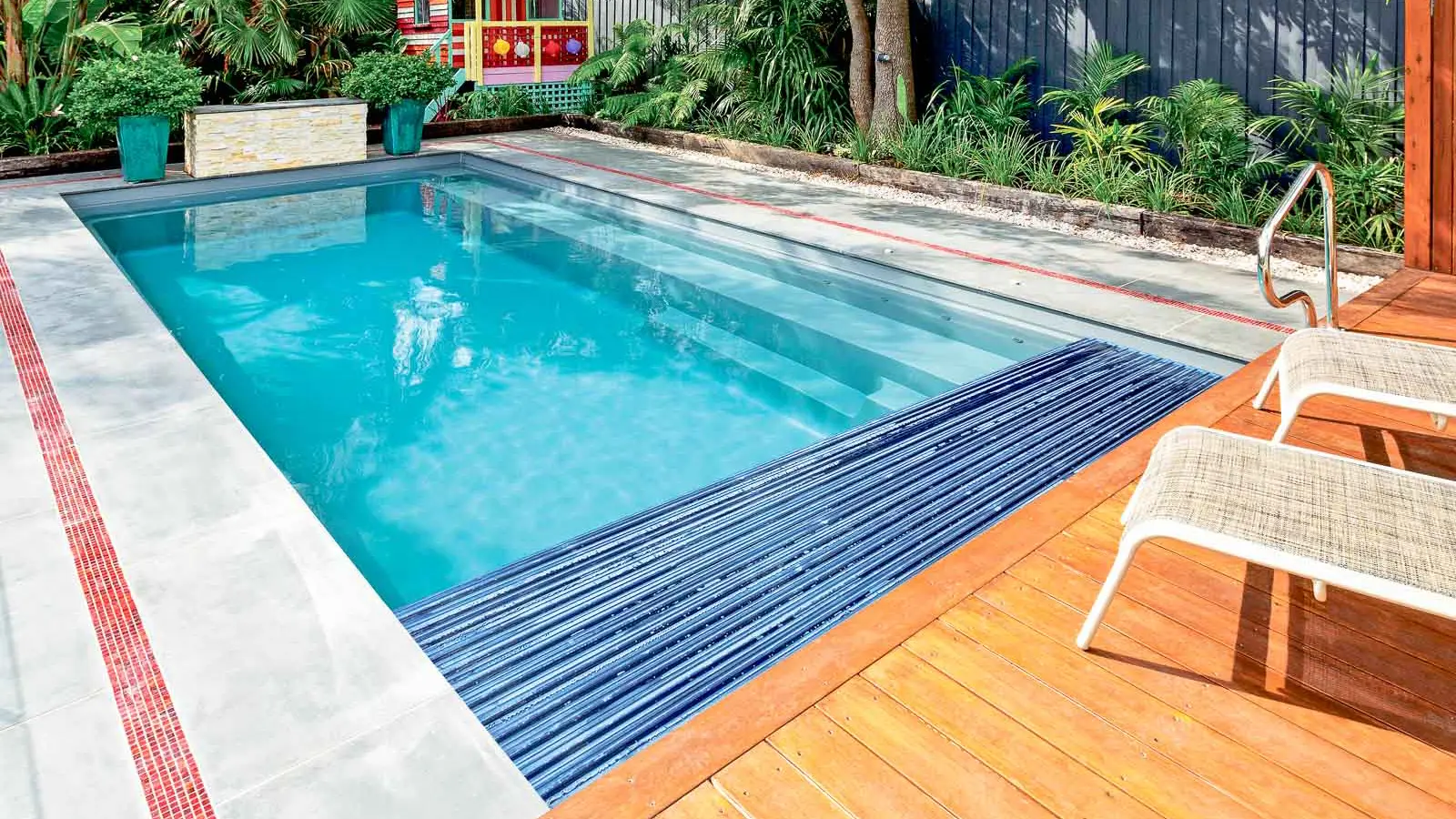
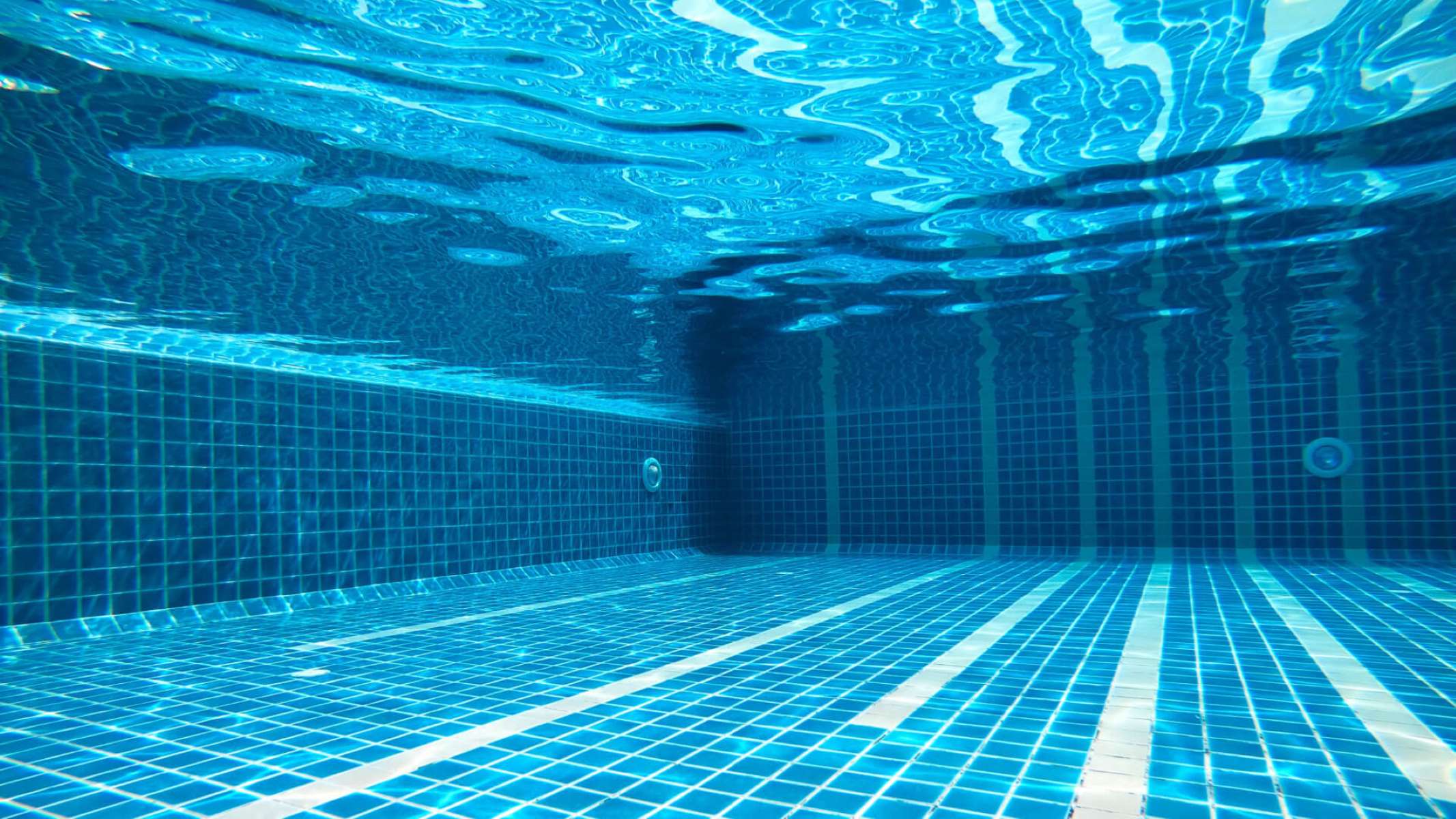
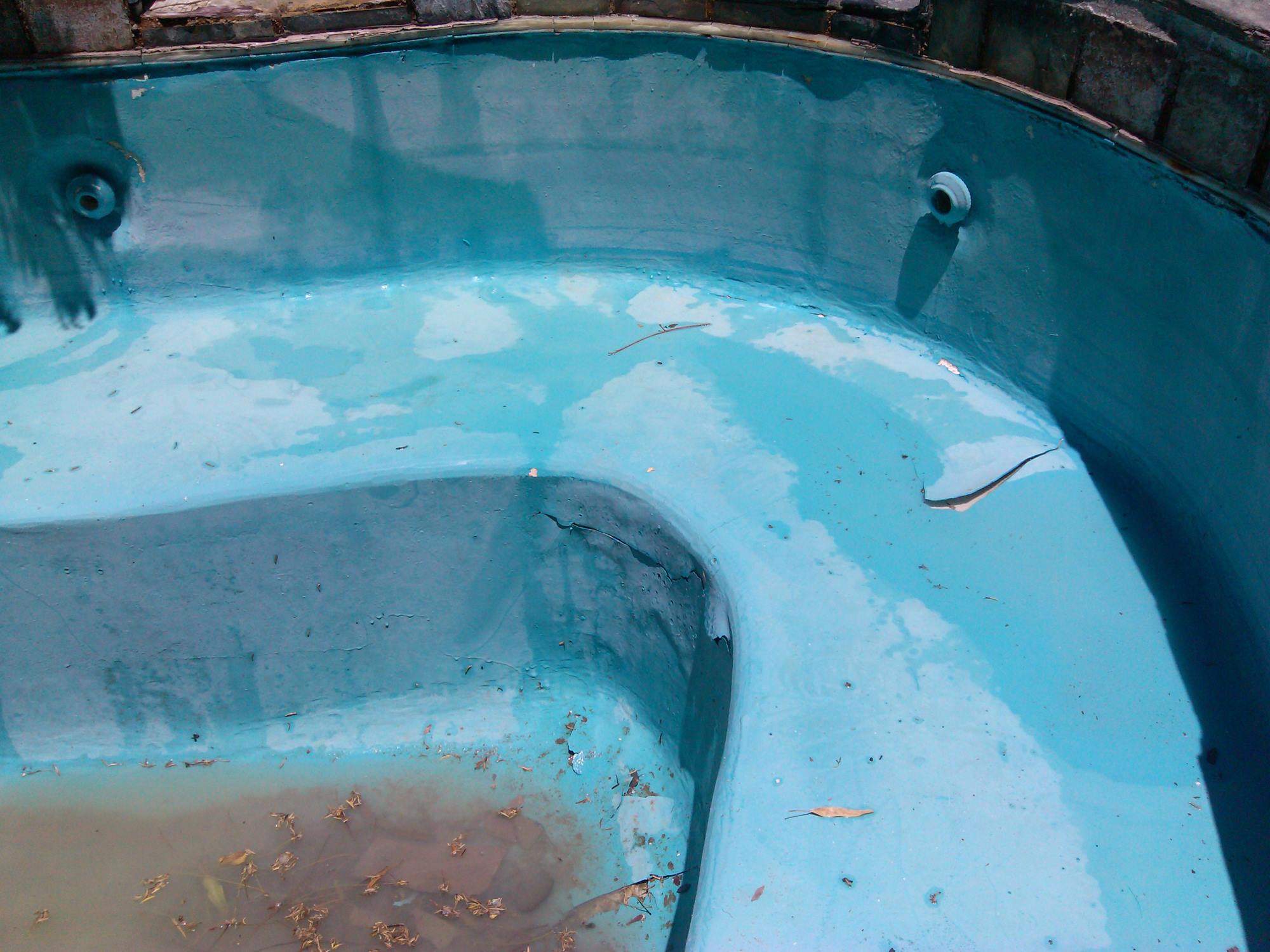
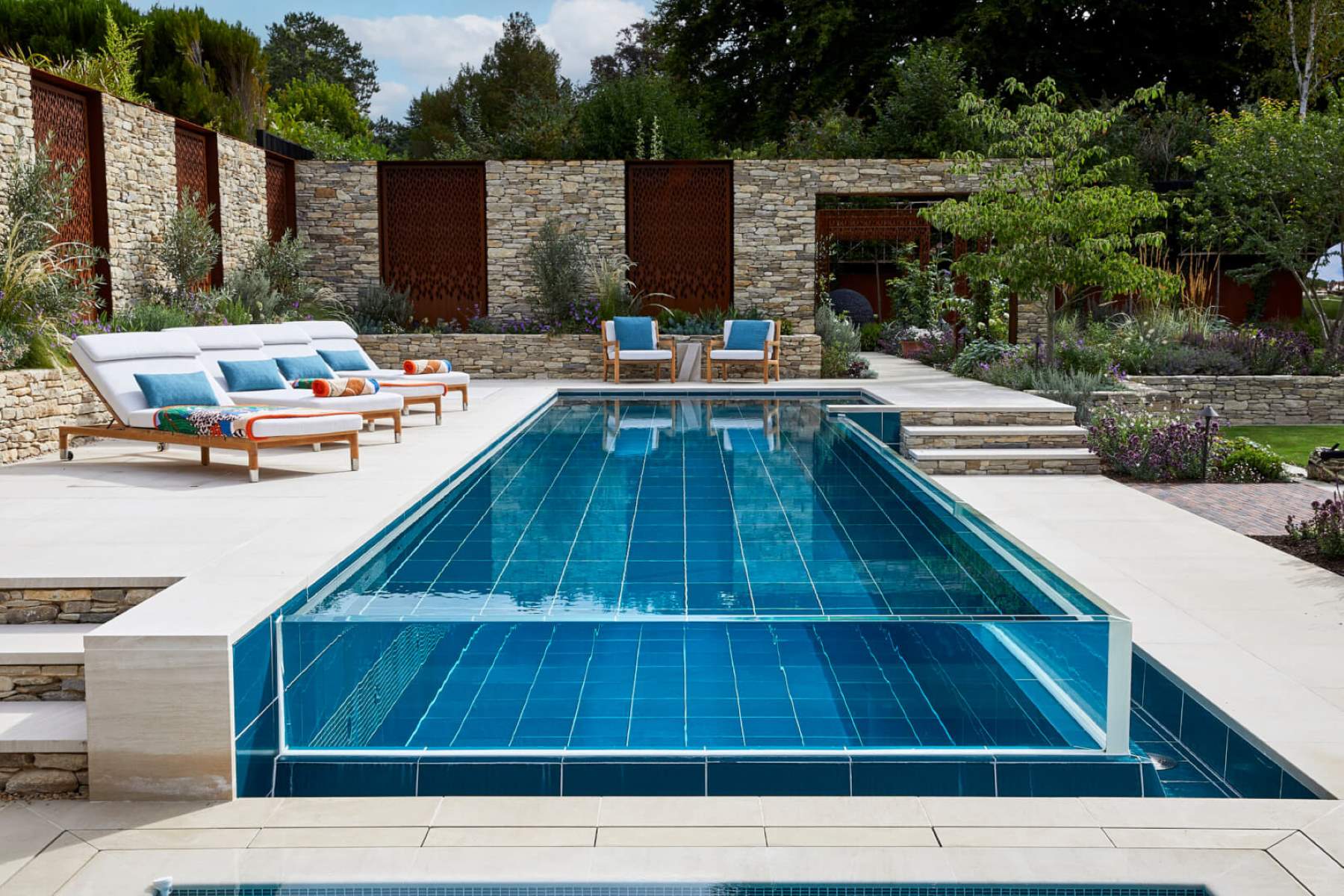

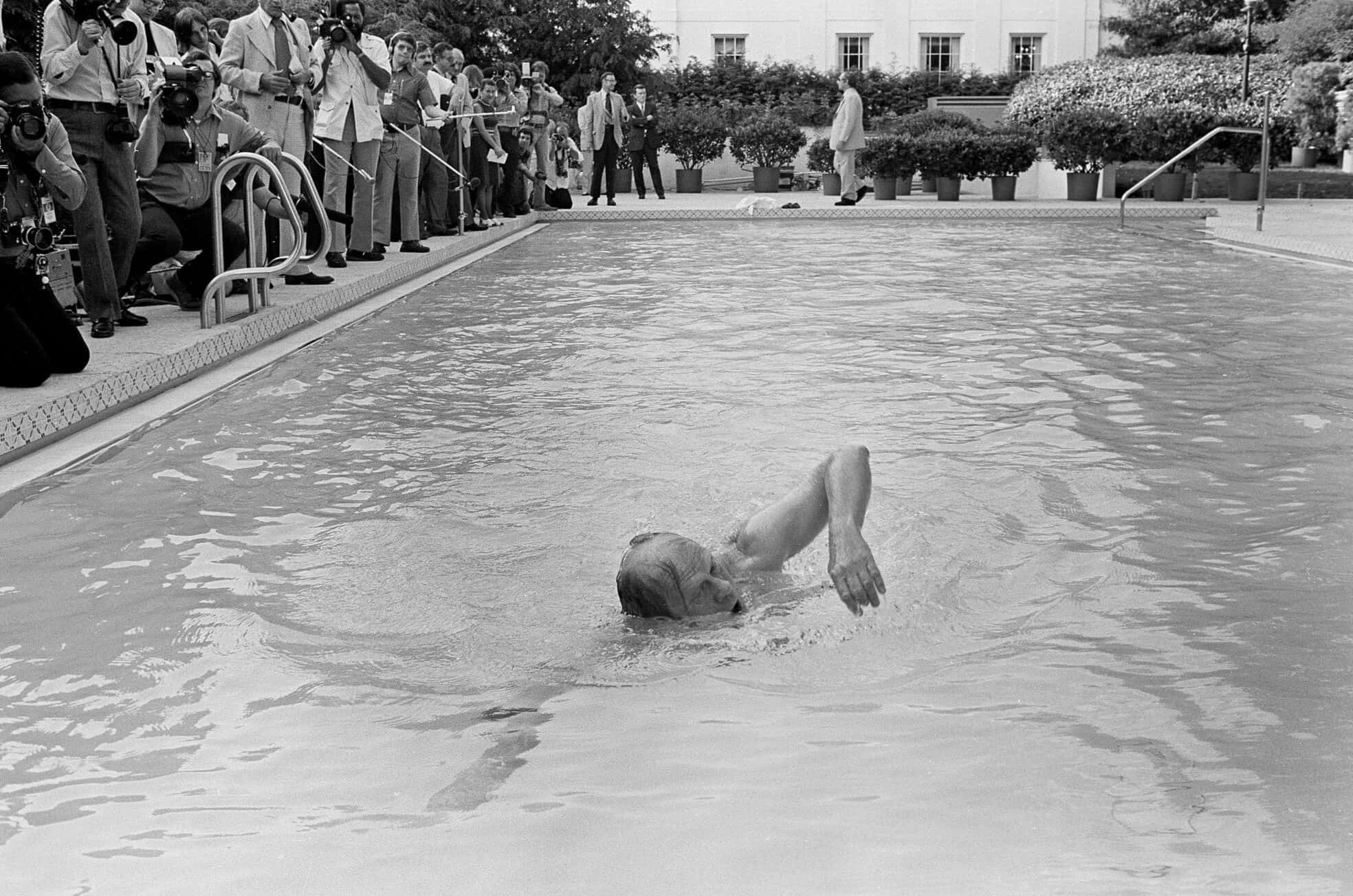
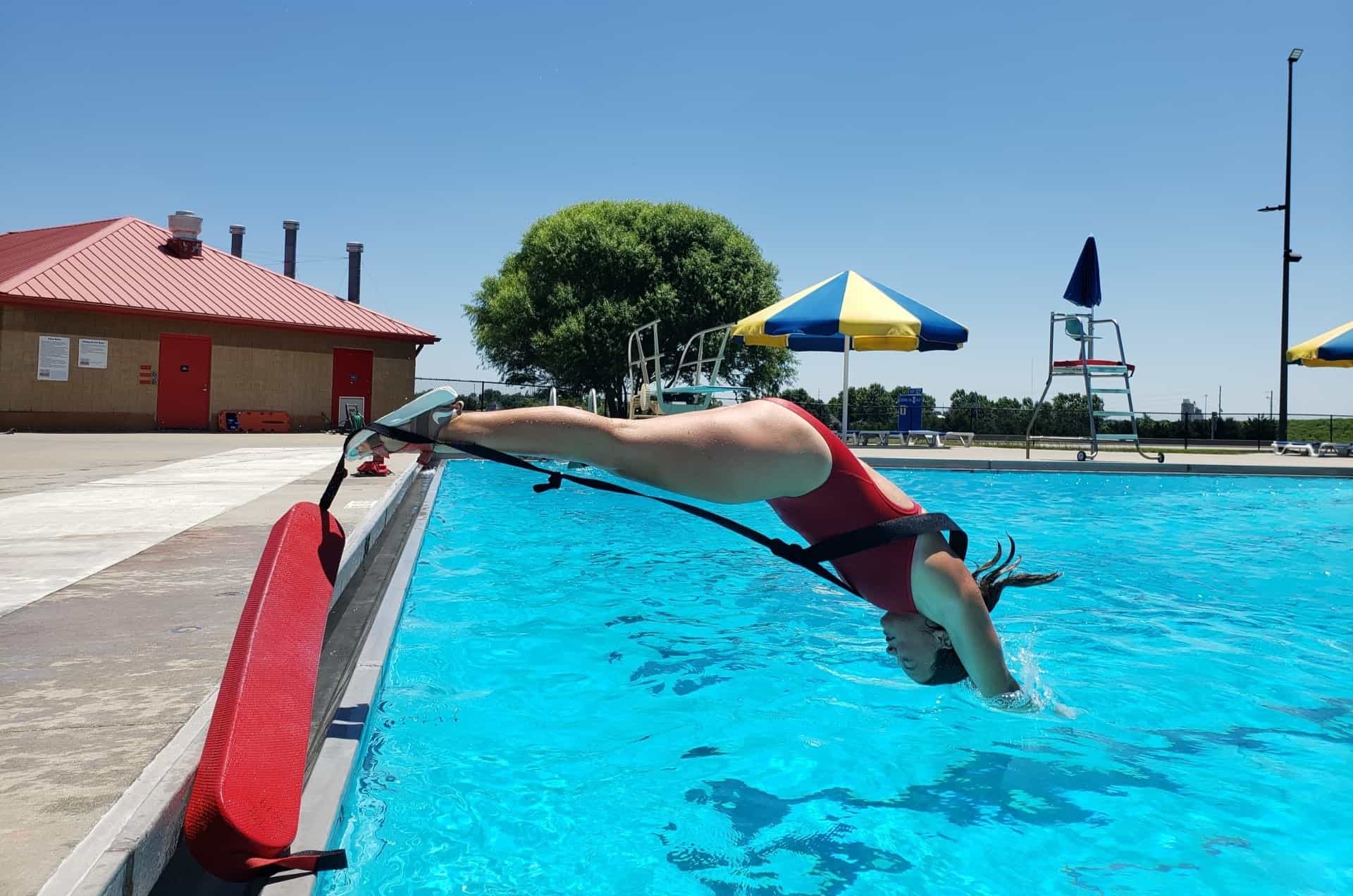
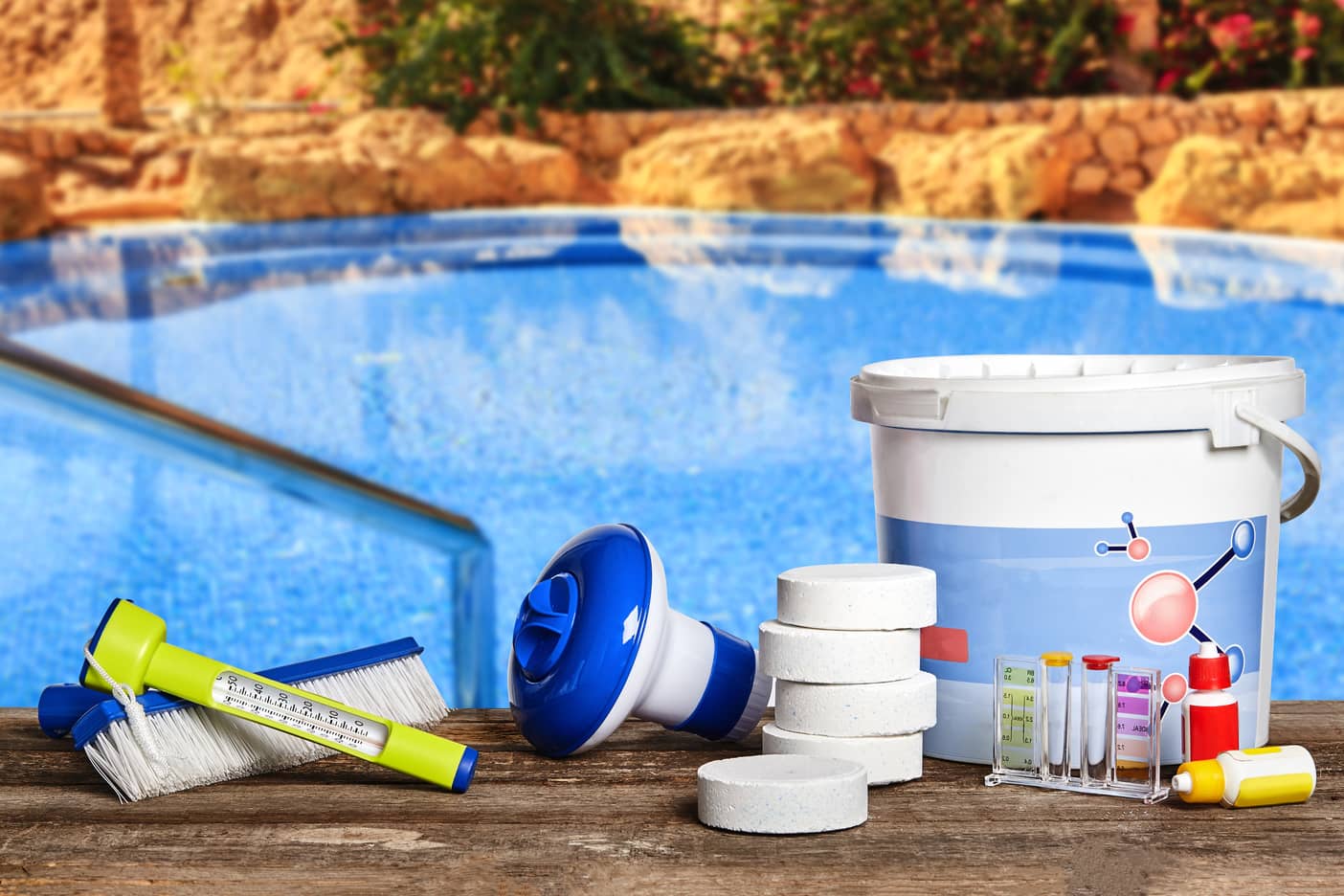
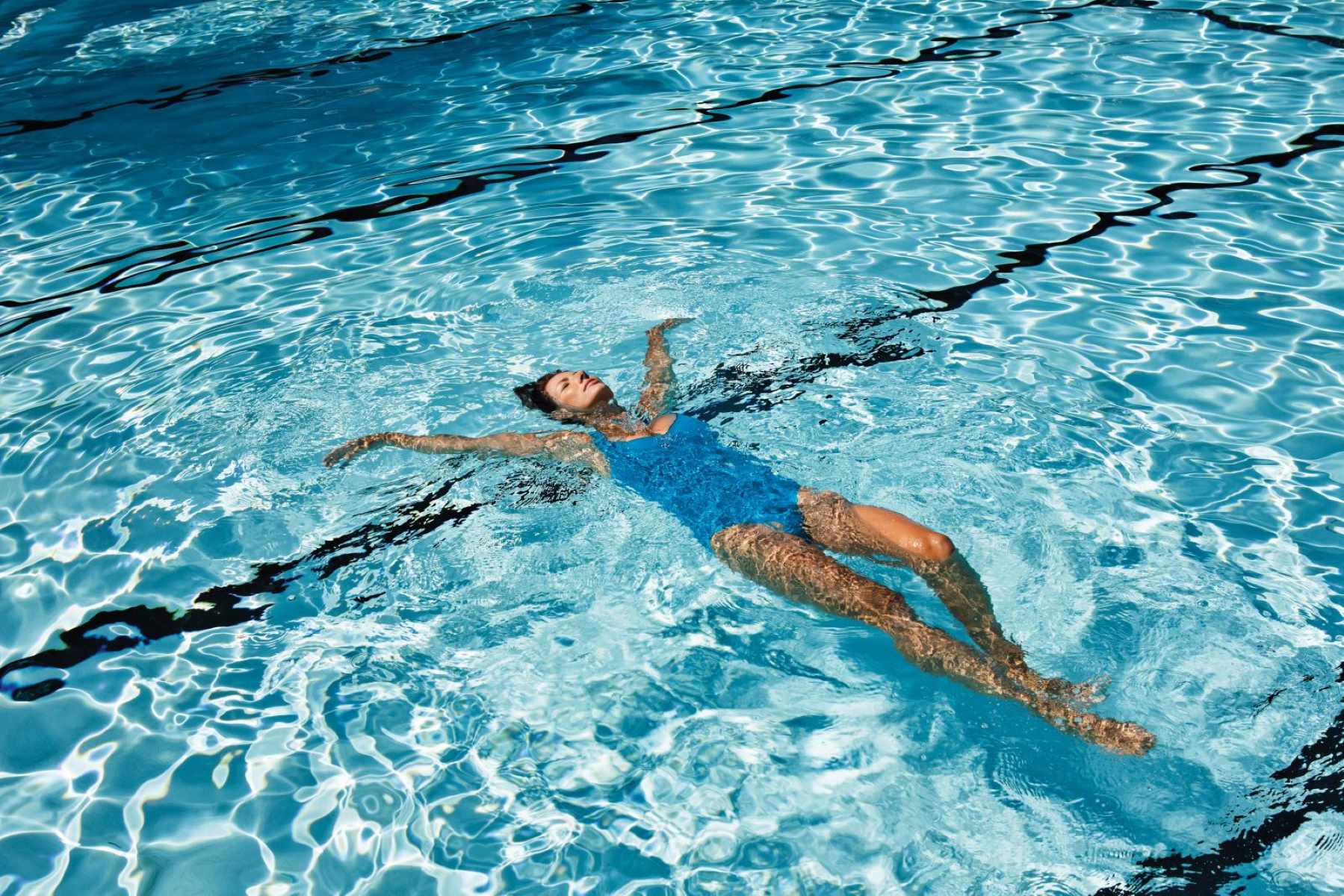
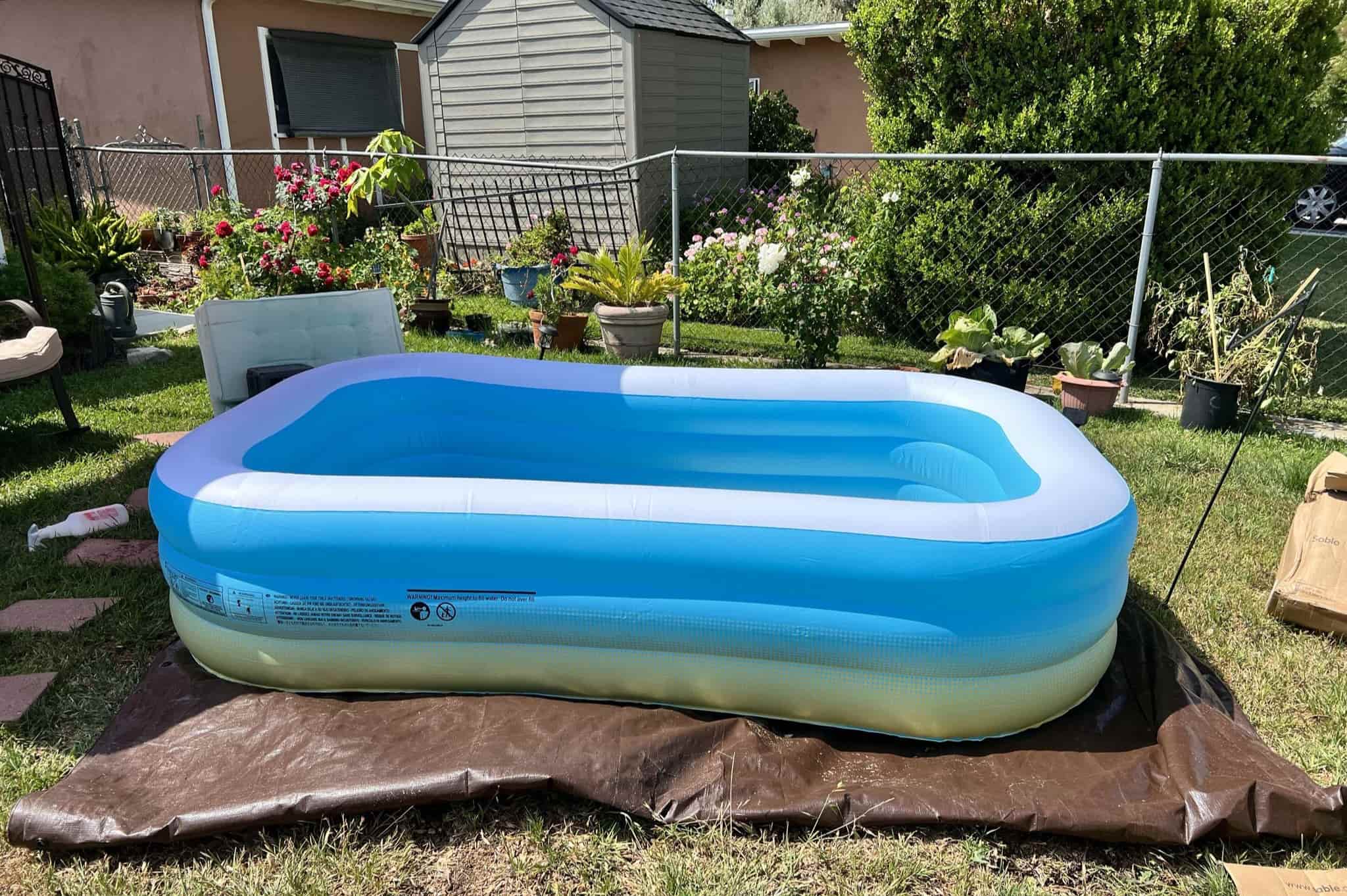

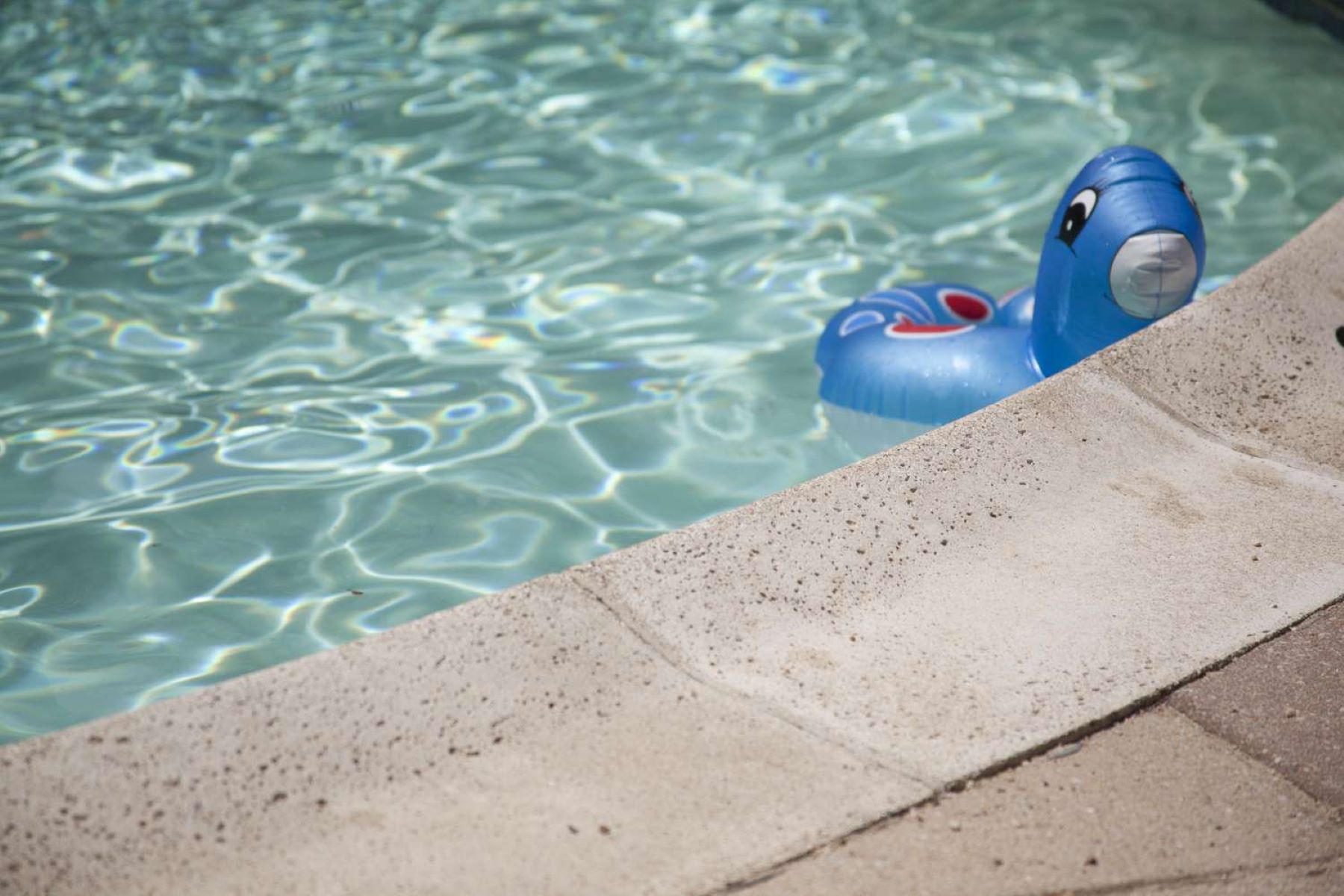

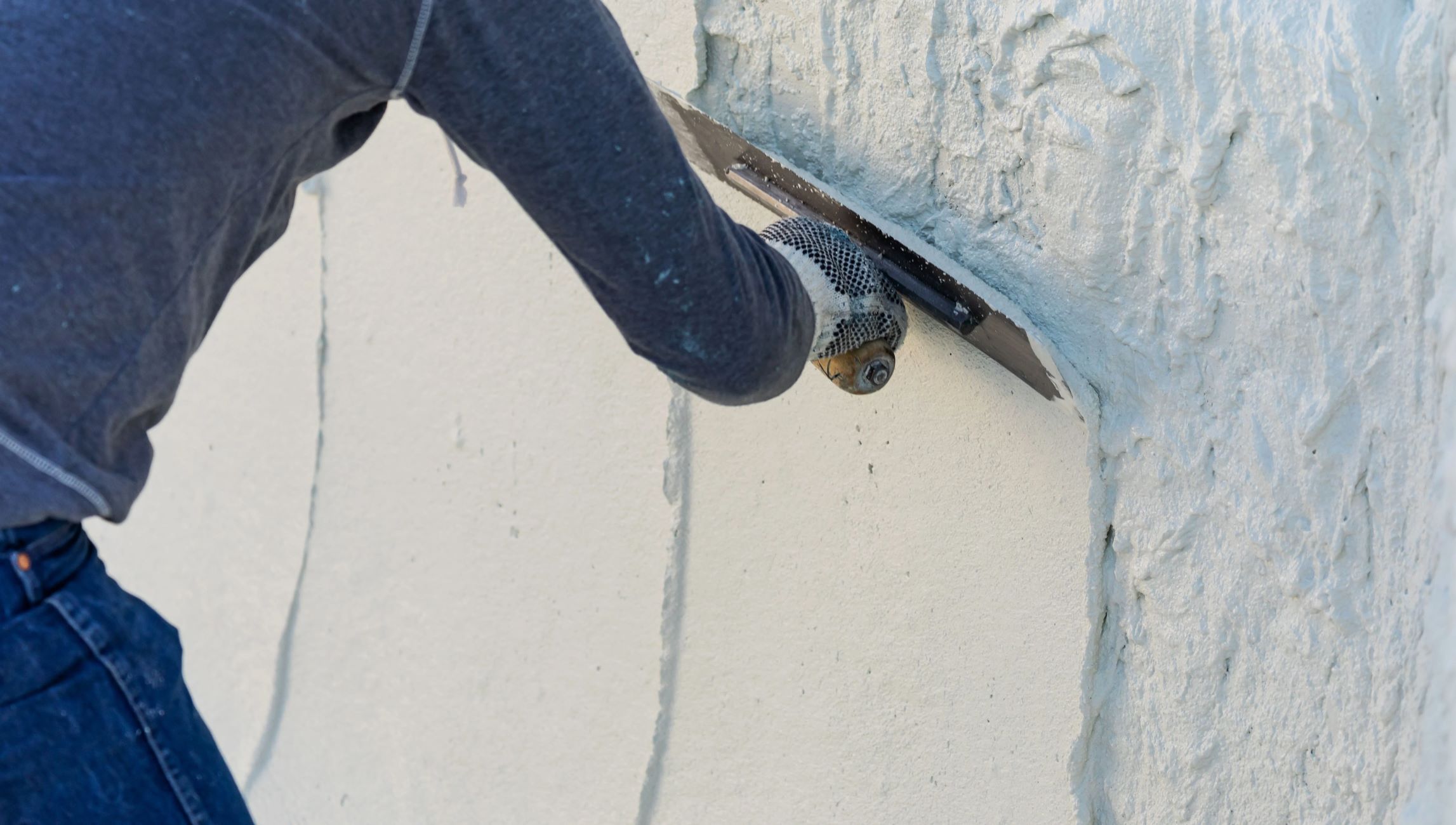

0 thoughts on “How To Open A Saltwater Swimming Pool”